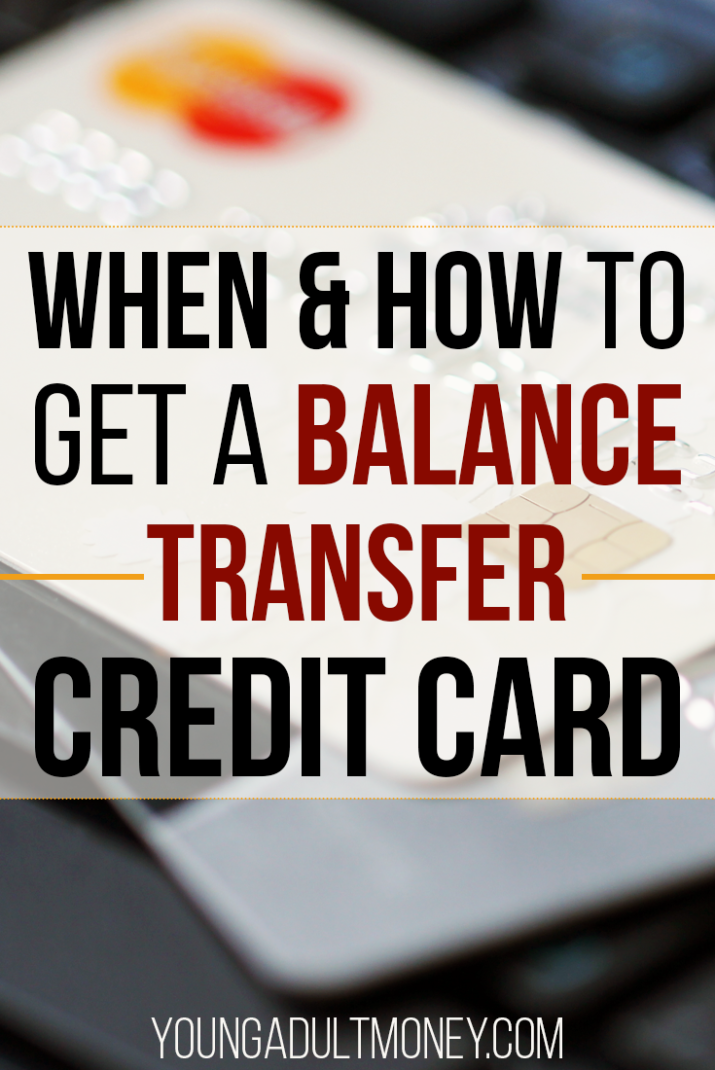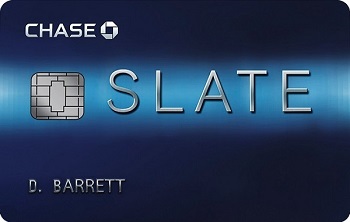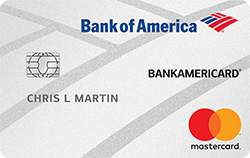 Do you have credit card debt? You aren’t alone.
Do you have credit card debt? You aren’t alone.
Millions of Americans have credit card debt. In fact, according to the 2013 Survey of Consumer Finances, 38% of U.S. households reported having credit card debt.
If you don’t have credit card debt yourself, it’s almost a guarantee that one of your friends or acquaintances does.
The problem with credit card debt – as most are aware – is that it’s high interest debt. It’s also typically not related to an appreciating asset, such as a home, and it would be tough for an asset to appreciate 20%+ a year.
It’s safe to say that getting rid of credit card debt is something to prioritize.
I want to discuss a tool that can help you pay down credit card debt faster – a balance transfer credit card.
Why Interest Rate Matters
According to a 2016 survey by NerdWallet, the average household with credit card debt has an average of $16,061.
Let’s say you are an average household with $16,000 in credit card debt. Even if you prioritize paying down this balance it’s going to take a while, and with each passing month you are losing a significant amount of money from interest.
Lowering your interest rate on debt is typically a good thing. It’s a big reason why many people refinance their mortgage. If you locked in your mortgage at 11% and can refinance at 3%, it makes a lot of sense to refinance.
People are even refinancing for student loans these days – and saving a lot of money on interest by doing it.
This is why balance transfer credit cards can be such a big win for someone trying to pay off credit card debt. They offer you a certain period of time where you pay 0% interest on any credit card debt you transfer to the card.
Let’s say you pay $300 of interest each month from your credit card debt. If you make the balance transfer you will have 12+ months of no interest payments on that debt. This provides you an immediate cash flow that can be used to pay down your debt.
The Balance Transfer Controversy
Dave Ramsey would never recommend getting a balance transfer credit card. He believes that you should cut up your credit cards and swear them off forever.
When it comes to balance transfer credit cards I take an approach that is a bit more pragmatic. I think they can be great tools for those who are actually going to take positive efforts to pay off their debt.
Dave Ramsey isn’t the only one who is opposed to balance transfer cards. There are many in the personal finance space who think people will simply move their balance and “forget about it” for the 12+ months where they are getting a break on the interest payments.
I’m sure this happens all the time, and it will continue to happen. But if you are truly committed to paying down your credit card debt, balance transfers cards will free up cash flow and make paying down the debt easier.
If the question is when should you get a balance transfer credit card? the answer is when you are ready to get serious about paying down your debt.
How to Get a Balance Transfer Credit Cards
Getting a balance transfer credit card is similar to getting any credit card. You apply for the card, your application is reviewed, and you are approved or denied the card.
When it comes to balance transfer credit cards the very best option is Chase Slate®, as you’ll see below. This card does require a high credit score, so there’s always a chance you will be denied. If so, no worries – there are many balance transfer credit card options.
Here are three balance transfer credit cards to consider:
Chase Slate®
 Chase Slate® is widely recognized as one of the best balance transfer credit cards. Chase Slate® offers a $0 intro balance transfer fee for the first 60 days after opening your account. Meaning, if you open the card and act quickly you can transfer your current credit card balance for no charge.
Chase Slate® is widely recognized as one of the best balance transfer credit cards. Chase Slate® offers a $0 intro balance transfer fee for the first 60 days after opening your account. Meaning, if you open the card and act quickly you can transfer your current credit card balance for no charge.
After the first 60 days, the balance transfer fee is 5% with a minimum of $5 per balance transfer. Most balance transfer credit cards charge a transfer fee of 5%. Chase Slate® gives you a 60 day grace period to make that transfer happen with no transfer fee, which is why this is the best balance transfer card out there.
Balance transfer Intro APR: 0%
Balance transfer Intro APR period: 15 months
Balance transfer fee: 0% for the first 60 days, after which the fee for future balance transfers is 5%
Annual fee: $0
Credit needed: Excellent/Good
BankAmericard® Credit Card
 The Bank Americard® credit card is a bare bones card that doesn’t offer cash back rewards like the Discover it® Card. Like the Chase Slate®, though, you are given $0 balance transfers within 60 days of account opening.
The Bank Americard® credit card is a bare bones card that doesn’t offer cash back rewards like the Discover it® Card. Like the Chase Slate®, though, you are given $0 balance transfers within 60 days of account opening.
Balance transfer Intro APR: 0%
Balance transfer Intro APR period: 15 billing cycles
Balance transfer fee: 0% for the first 60 days, after which the fee for future balance transfers is 3%
Annual fee: $0
Credit needed: Excellent
Discover it® Card
 The Discover it® Card is my personal go-to credit card for everyday purchases and I’ve used Discover for more than a decade now.
The Discover it® Card is my personal go-to credit card for everyday purchases and I’ve used Discover for more than a decade now.
The Discover it® Card offers a generous 0% APR for 14 months on balance transfers. It does require a 3% fee for each balance transfer, though, which is why I rank it behind Chase Slate® and the BankAmericard® Credit Card.
I also want to point out that from a rewards perspective, this card is a solid card due to it’s 1% cash back on every purchase.
In addition to 1% cash back on every purchase, there is also revolving 5% cash back categories that change every three months. For example, Restaurants and Amazon.com may be a reward for a three-month period, then the next three-month period may be home improvement stores. You can gain 5% cash back on up to $1,500 of spend for each revolving category.
Balance transfer Intro APR: 0%
Balance transfer Intro APR period: 14 months
Balance transfer fee: 3% of each balance transfer
Annual fee: $0
Credit needed: Excellent


Good analogy comparing balance transfer credit cards to mortgage refinancing. For people who chose this debt management strategy and are dedicated to paying off their credit card debt, a biweekly payment plan can help pay off the transfer credit card balance before the 12+ months of no interest payments expire.
I did a balance transfer earlier this year using the Chase Slate card. It allowed me to pay off a credit card I’ve had for years. If things continue to go well, the Chase card will be paid off before the interest kicks in.